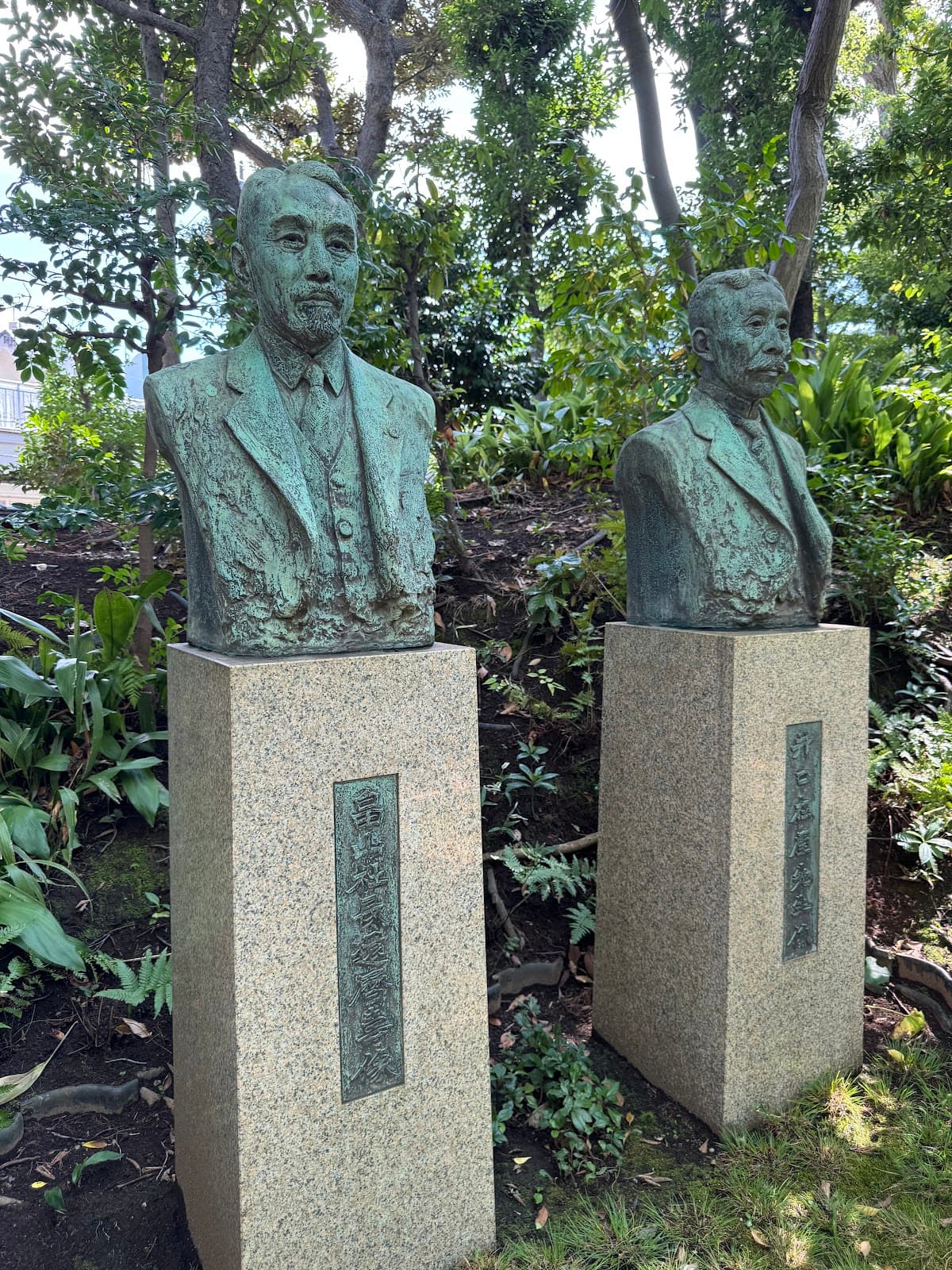
Hatakeyama Memorial Museum of Fine Art
A serene museum dedicated to the Japanese 'wabi-sabi' aesthetic, offering a peaceful escape with beautiful art and gardens.
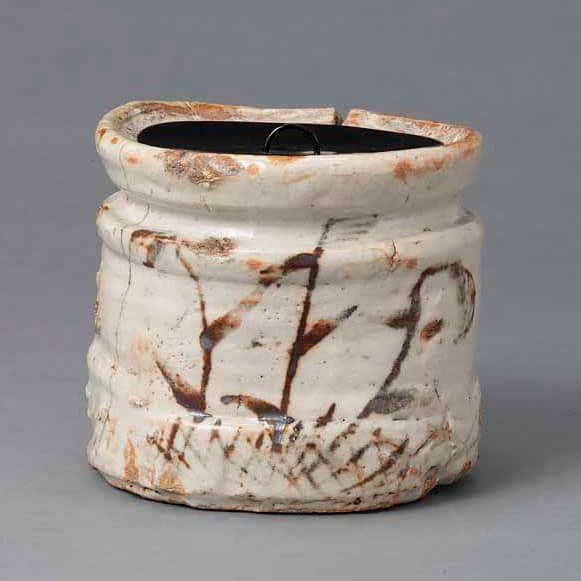
Highlights
Must-see attractions

Social
From TikTok & Reddit
Best Time
Fewer crowds, more tranquility

Hatakeyama Memorial Museum of Fine Art
Best Time
Fewer crowds, more tranquility

Highlights
Must-see attractions
A serene museum dedicated to the Japanese 'wabi-sabi' aesthetic, offering a peaceful escape with beautiful art and gardens.
"This museum is quiet, elegant, yet welcoming, passing an eye for beauty to its visitors."
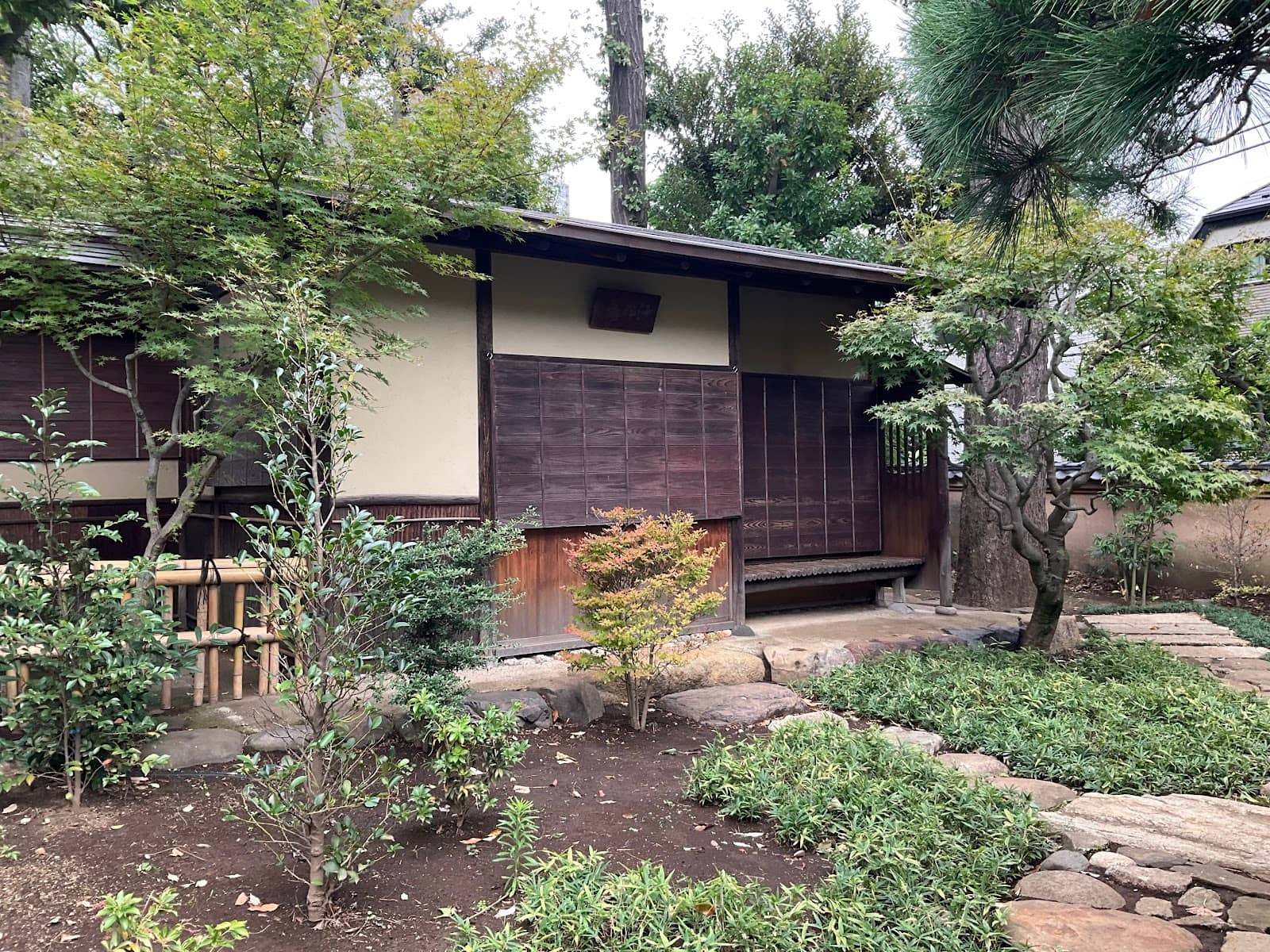
🤫 Shhh! Be Respectful
Photography and loud talking are prohibited. Embrace the quiet to fully appreciate the art and atmosphere.
👟 Shoes Off, Please!
Remember to remove your shoes before entering the museum to maintain its pristine condition.
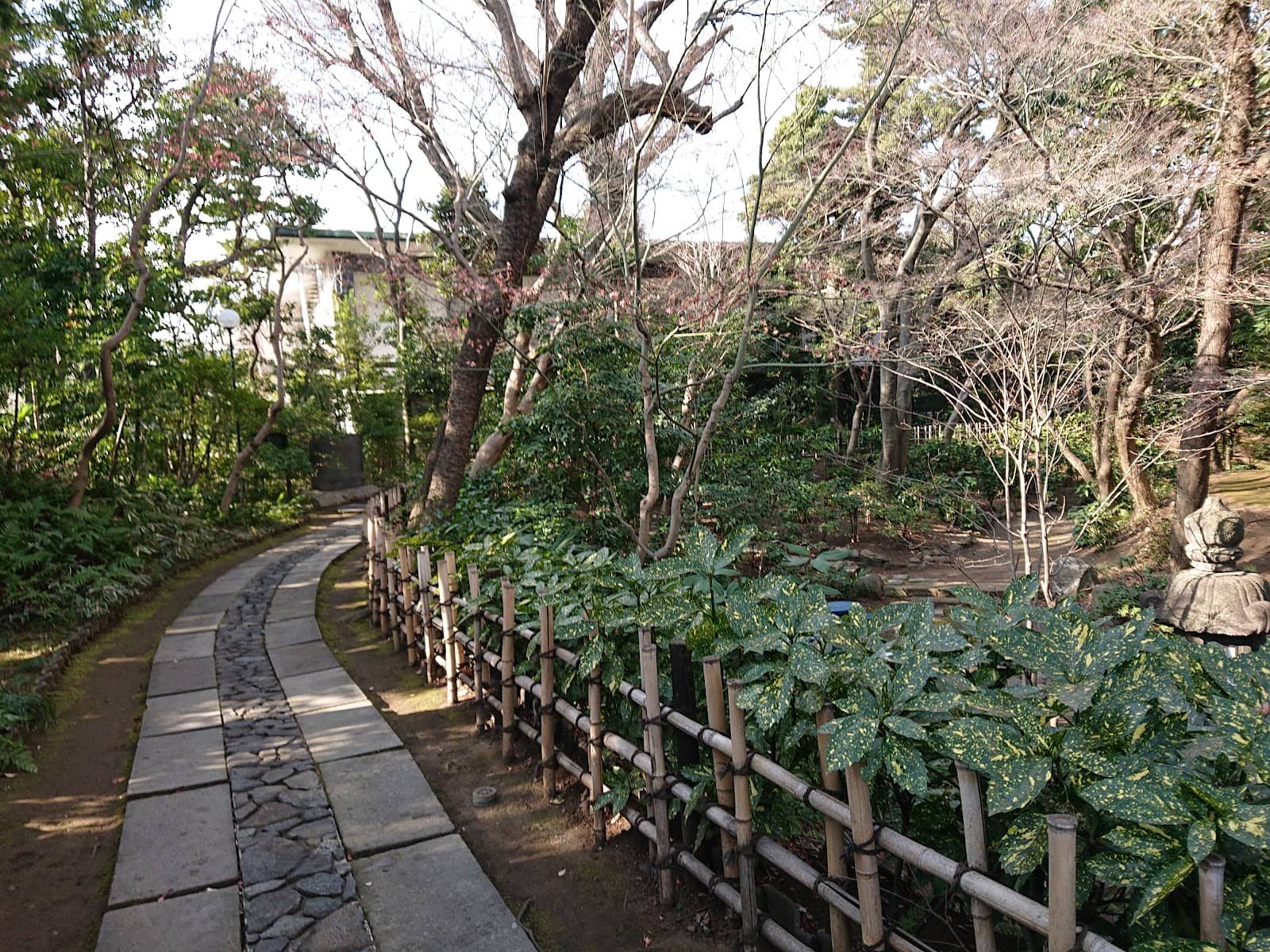
Highlights
Discover the most iconic attractions and experiences

Tea Ceremony Artistry
Exhibition Halls
Experience the profound connection between tea ceremony and fine art, a core theme of the museum's collection.

Elegant Surrounding Gardens
Museum Gardens
A peaceful escape offering a glimpse into traditional Japanese garden design, complementing the museum's aesthetic.
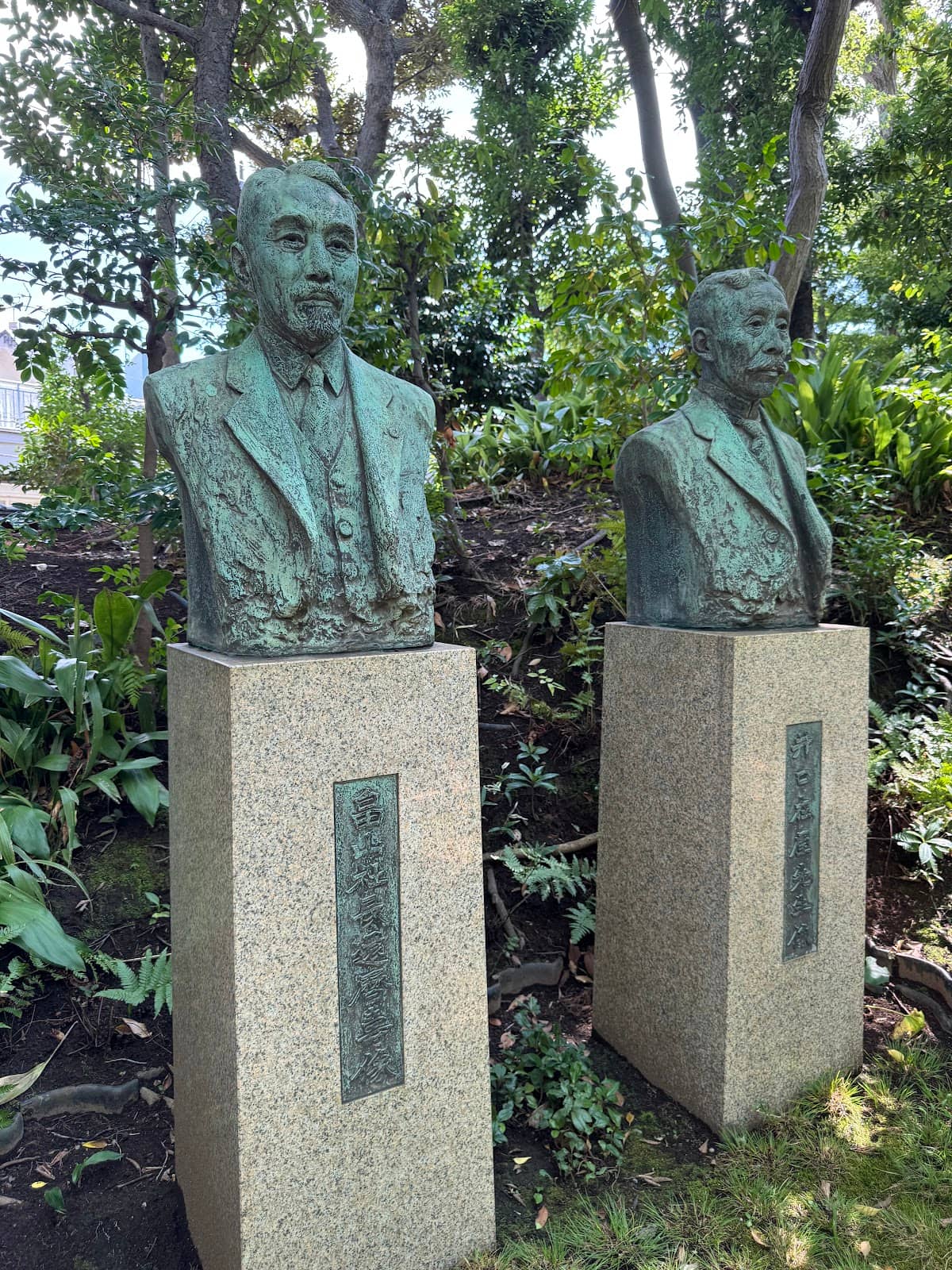
Appreciation of Beauty
Throughout the Museum
Discover a curated collection designed to cultivate an eye for beauty and the subtle elegance of Japanese art.
Plans like a pro.
Thinks like you
Planning Your Visit
Embrace the Serenity
Plan Your Visit Wisely
Best Times
Insider Tips
from TikTok, Instagram & Reddit
🤫 Shhh! Be Respectful
Photography and loud talking are prohibited. Embrace the quiet to fully appreciate the art and atmosphere.
👟 Shoes Off, Please!
Remember to remove your shoes before entering the museum to maintain its pristine condition.
🗺️ Navigate with Ease
The museum is off the beaten path; use a navigation app like Google Maps to find it.
🗣️ English Assistance
While placards are mostly in Japanese, staff can provide English handouts upon request.
Tips
from all over the internet
🤫 Shhh! Be Respectful
Photography and loud talking are prohibited. Embrace the quiet to fully appreciate the art and atmosphere.
👟 Shoes Off, Please!
Remember to remove your shoes before entering the museum to maintain its pristine condition.
🗺️ Navigate with Ease
The museum is off the beaten path; use a navigation app like Google Maps to find it.
🗣️ English Assistance
While placards are mostly in Japanese, staff can provide English handouts upon request.
🌿 Garden Etiquette
The garden is best enjoyed after visiting the museum. Avoid walking around it without a ticket.
What Travellers Say
Reviews Summary
Visitors praise the museum's quiet, elegant atmosphere and its ability to convey the Japanese 'wabi-sabi' aesthetic. The collection is described as beautiful and the surrounding gardens are a pleasant addition. However, some find the museum small for its price and note that most exhibit descriptions are in Japanese.
"The memories of this museum kept coming into my mind even after I left Tokyo. This is a museum about sharing the experience of tea ceremony and appreciating the artworks. I have absorbed all of that from my visit.
This museum is quiet, elegant, yet welcoming. I could tell that the people who runs the museum have done a wonderful job on passing an eye for beauty to its visitors.
The staff speaks fluent English, photos and loudness is prohibited inside the museum."
Weng Yvonne
"Small but excellent museum with nice surrounding gardens. Most museum placards are in Japanese only but staff will give you an English translation handour if you request it.
Please note that you must take off your shoes to enter the museum. Also, there is a sign discouraging visitors from walking around the garden without entering the museum and buying a ticket.'
The museum is off the beaten path so I suggest you use a navigation program like Google Maps to help find it."
BB
"highly recommend to visit,to see and feel the Japanese wabisabi atmosphere."
stone yim
What People Like
What People Dislike
Frequently Asked Questions
🚇 🗺️ Getting There
The museum is a bit off the usual tourist path. It's highly recommended to use a navigation app like Google Maps to find your way. Public transport options are available, but may require some walking from the nearest station.
Information on specific parking availability is limited, but given its location, it's advisable to check local parking apps or consider public transport to avoid any hassle.
Taking a train to the nearest station and then a short taxi ride or a walk is a common approach. Confirm the best route using a real-time navigation service before you depart.
🎫 🎫 Tickets & Entry
The museum typically operates during standard daytime hours, but it's always best to check their official website for the most up-to-date opening times and any potential closures before your visit.
Some visitors have noted it can feel a bit overpriced for its size. It's recommended to check the current admission fees on their official website to budget accordingly.
Advance booking is generally not required for this museum, but it's wise to confirm this closer to your visit, especially during peak seasons or special exhibitions.
Yes, visitors must remove their shoes before entering the museum. Loud conversations and photography are also prohibited to maintain the serene atmosphere.
📸 📸 Photography
No, photography is strictly prohibited inside the museum. This rule helps preserve the artwork and maintain the tranquil environment for all visitors.
While the garden is beautiful, the focus is on the museum's interior. Be mindful of any specific rules regarding photography in the garden areas as well.
🎫 🌿 Onsite Experience
Wabi-sabi is a Japanese aesthetic centered on the acceptance of transience and imperfection. The museum aims to evoke this feeling through its art, architecture, and serene ambiance.
The museum's quiet nature and prohibition of photography might not be ideal for very young children. It's best suited for those who can appreciate a calm and contemplative environment.
Most exhibit placards are in Japanese. However, staff can provide English translation handouts if you request them.
Given its size, a visit is usually quite short, perhaps an hour or so, allowing ample time to absorb the collection and enjoy the gardens. Some find it small for the price.
For Different Travelers
Tailored advice for your travel style
👨👩👧 Families with Kids
Consider framing the visit as a special experience in appreciating Japanese aesthetics. The surrounding gardens offer a small space for children to observe nature, though access might be restricted without a ticket. It's a destination for a more mature appreciation of art and culture, rather than a typical kid-friendly attraction.
🧘 Solo Travelers & Art Enthusiasts
Staff are reportedly fluent in English and helpful, so don't hesitate to ask for assistance or English handouts. The museum's off-the-beaten-path location also adds to its charm, making it feel like a personal discovery. It's an ideal spot to reflect on the art and the tranquility it offers.
Deep Dives
In-depth insights and expert knowledge
The Essence of Wabi-Sabi
This appreciation for understated beauty is not just an artistic choice but a cultural cornerstone. The museum's curators have masterfully curated pieces that embody this spirit, inviting guests to slow down and observe the nuances. It's a stark contrast to the bustling energy of Tokyo, offering a sanctuary for reflection and a deeper understanding of Japanese artistic sensibilities. The memories of this museum kept coming into my mind even after I left Tokyo, as one visitor aptly put it, highlighting its lasting impact.
Understanding wabi-sabi enhances the visit significantly. It's about finding beauty in the natural cycle of growth and decay, in the unadorned, and in the quiet moments. The museum provides a unique opportunity to immerse yourself in this philosophy, making it more than just a sightseeing stop, but a truly enriching cultural experience.
Navigating to Tranquility
While public transport is an option, be prepared for a potential walk from the nearest station. This off-the-beaten-path location contributes to the museum's serene atmosphere, but it means you can't just stumble upon it. Planning your route in advance will save you time and potential frustration, allowing you to arrive relaxed and ready to appreciate the art.
Consider the time of day for your visit. Arriving during weekday mornings often means fewer crowds, allowing for a more intimate and contemplative experience. This is particularly important if you're seeking to fully absorb the quiet elegance and the essence of wabi-sabi that the museum so beautifully represents.

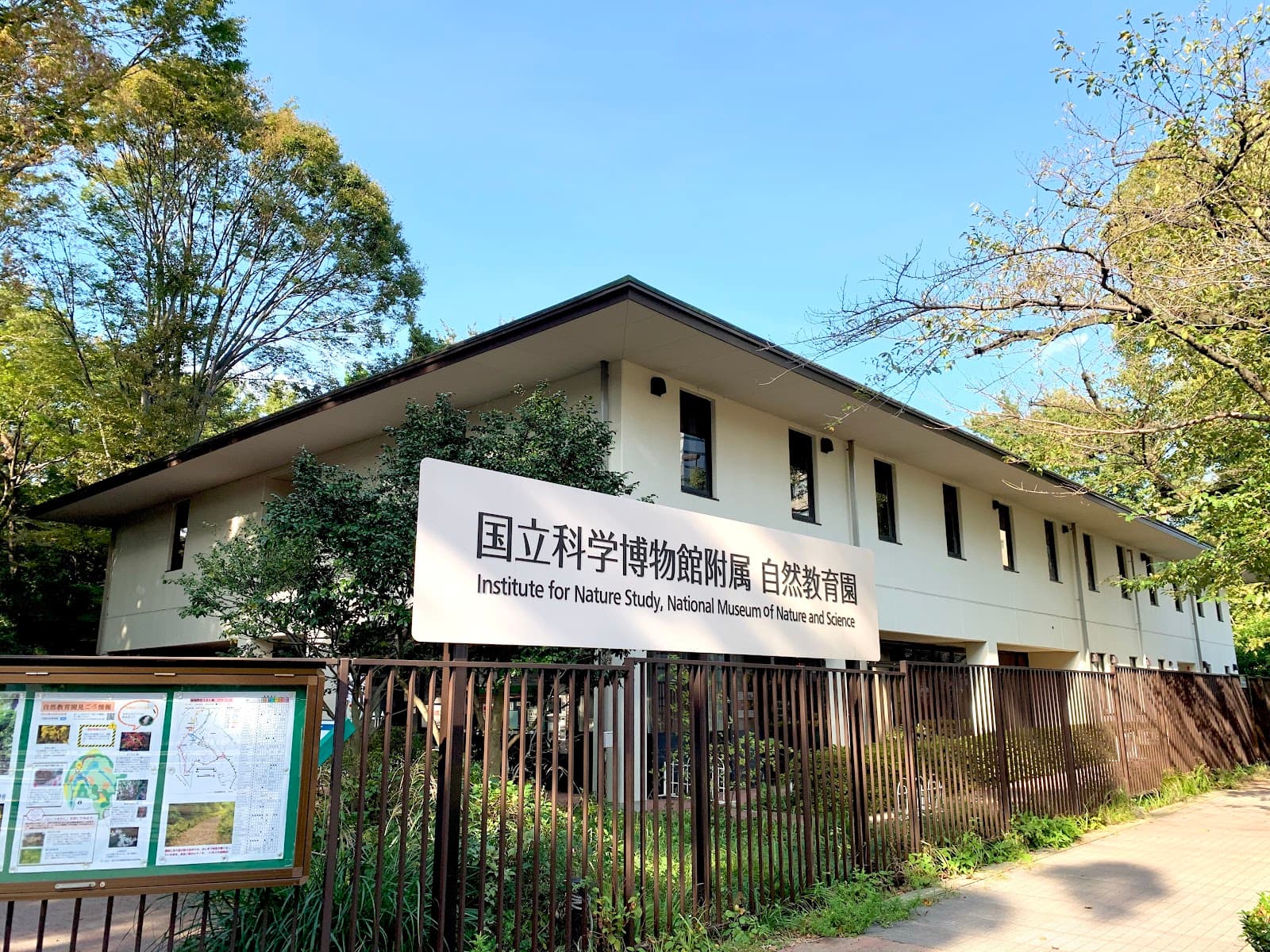
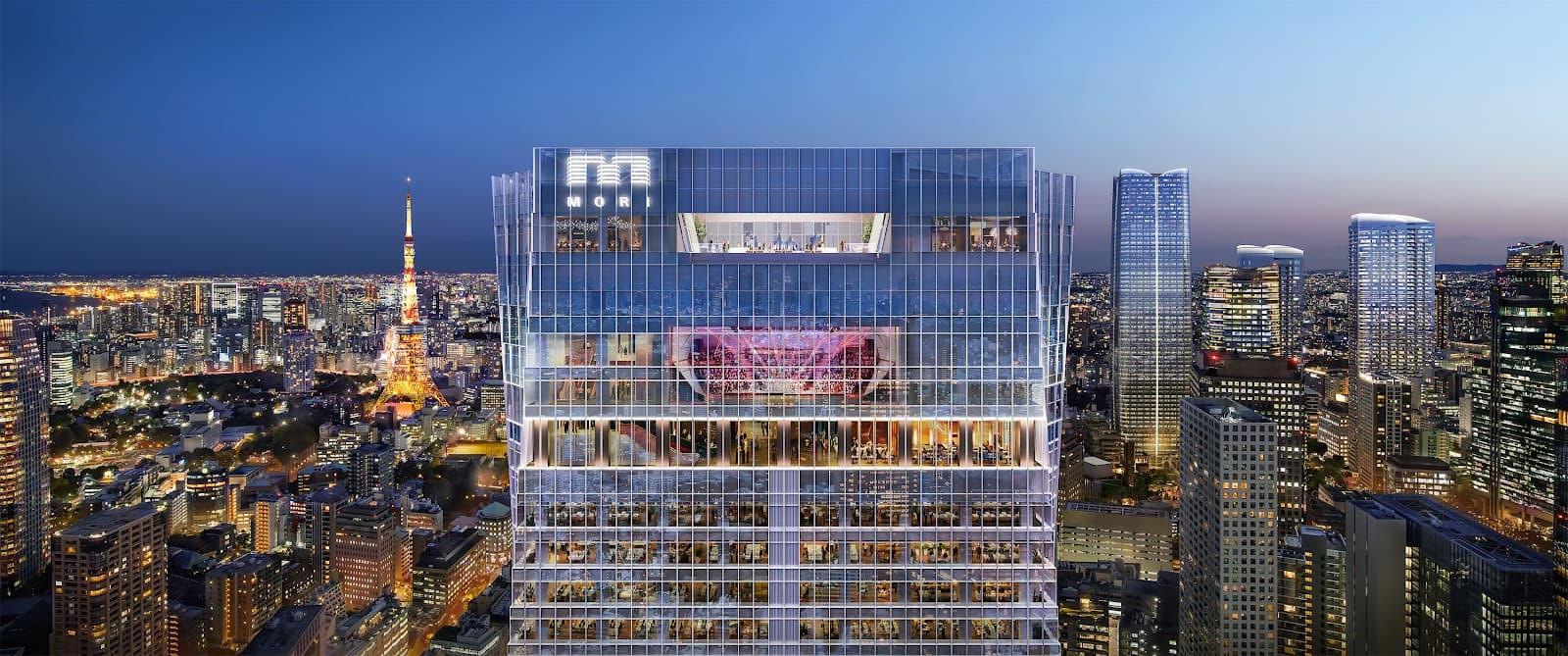


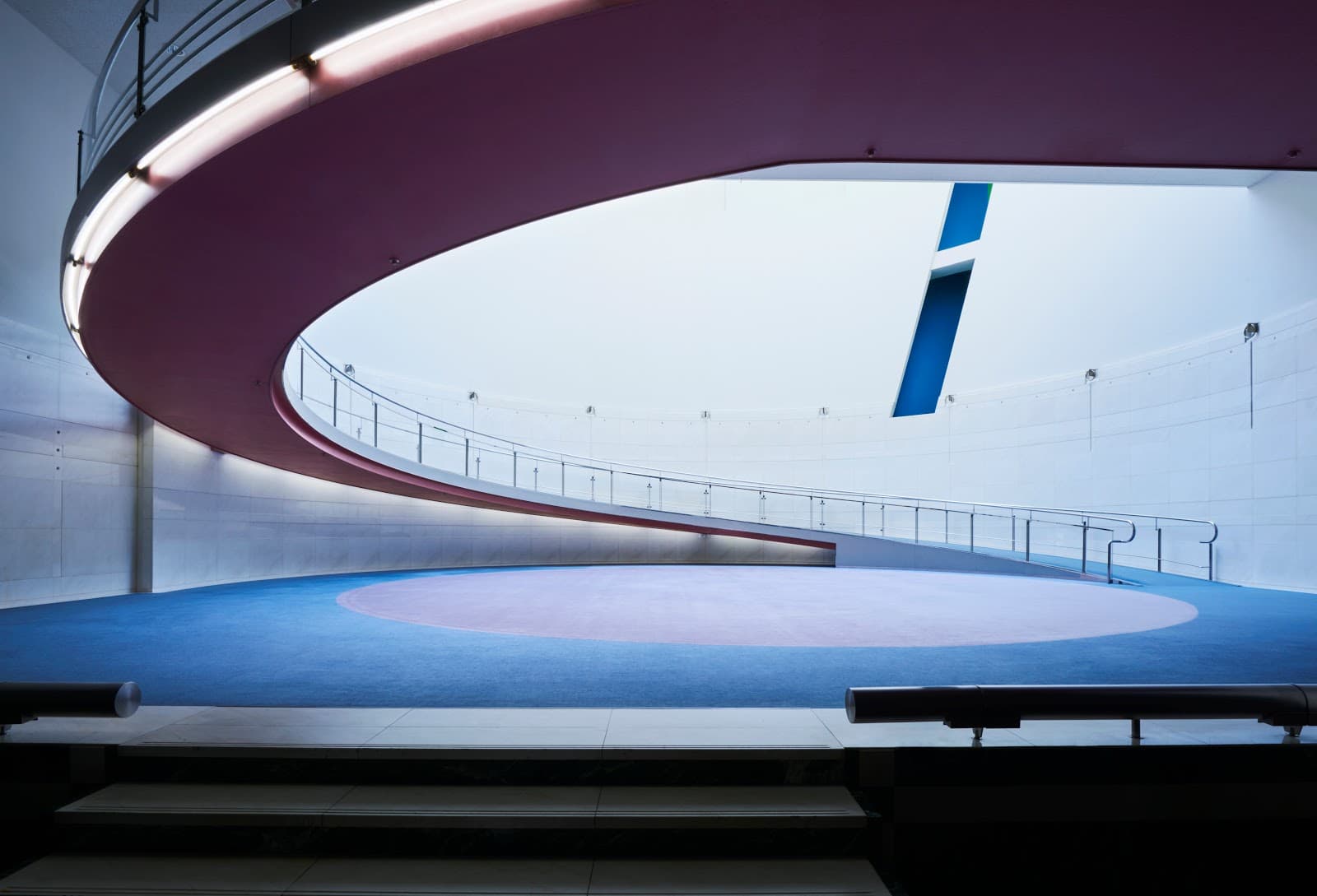
Social
from TikTok, Instagram & Reddit